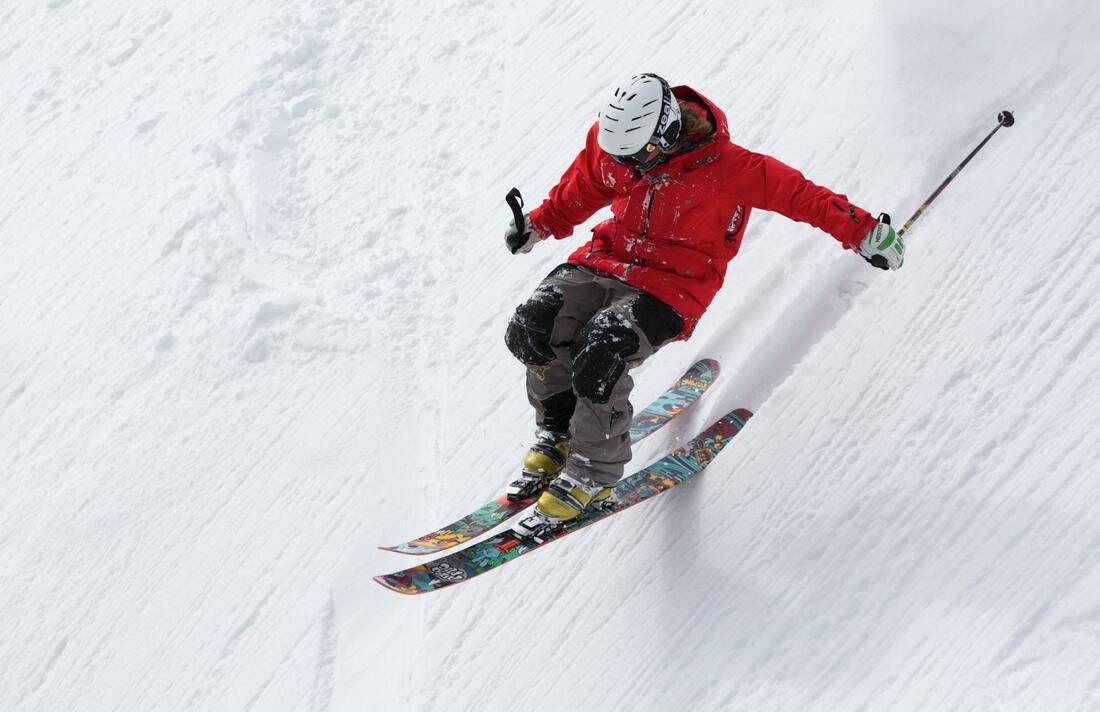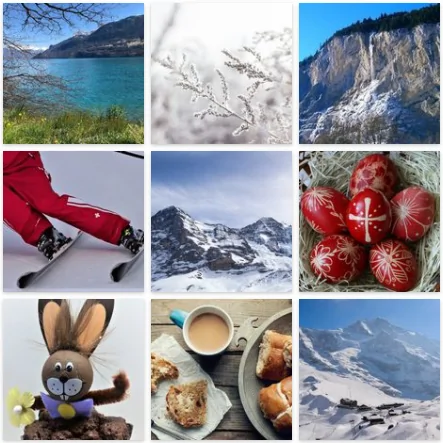|
We all know that slight rubbing that we try and ignore. We hope it will go away. We think maybe it’s just wrinkle in our sock. But we want to ski another run before making a detailed and time consuming inspection that will steal from our precious skiing time. Alas, during our delay, a bubble has formed.
Our skin consists of several layers that usually interlock with one another through fine structures. The upper or outer skin is called the epidermis. Underneath lies the dermis, in which the hair roots and sweat glands are located. The lowest layer, which is still counted as part of the skin, is subcutaneous tissue which contains the blood vessels, among other things. Whenever something rubs repeatedly, along with warmth and humidity, the interlocking skin layers loosen after a while and tissue fluid flows into the newly created spaces. Voila a bubble is born. When deeper layers of the skin loosen, blood can also flow in. Although the liquid now protects the deeper skin layers from even more pressure and damage, the pressure in the tissue is increased. This triggers the “pain” signal to the brain. So avoiding friction of any kind is the best prevention. 1 Footwear must fit well when feet are warm to hot and have swollen. That means no pressure points. And no slip points, such as heel movement. When buying ski boots, if you cannot get a specialist boot fitter, tya and spend as much time in your boots before buying them. An hour in the store is not long enough. Some stores will let you take them home so you can wear them for 6 hours while binge watching Netflix. 2 The right sport socks – the best friends of your feet and they can prevent blisters by keeping the foot dry. Sock size must fit perfectly with no creases. Socks including merino wool improve the water absorption and still feel dry to the touch. No cotton socks! Running, hiking and skiing socks are simply designed differently. Special “anti-blister“ socks have a double-layered, which means that the inner and outer socks can move in opposite directions so that the sock rubs against the sock and not on the skin. Clever idea but I haven’t tried them. People say an under sock such as a compression sock can help. I prefer 1 layer as my feet swell and I like a tight boot fit. 3 Foot conditioning can help. Do you wear bare feet at home? That can help to firm up the skin. Ensuring toenails are clipped short will help reduce pressure points. 4 Using Tape in areas you know will blister can help. Ensure no wrinkles when you tape onto clean dry skin. Better to regularly get the best fitting boots. If you ski hard more than 20 days a season, then you need new boots every 2 years. Forget second-hand boots, you’re feet are worth more than that. I did that when I was desperate to ski and I skied in jeans so I could afford to buy my lift ticket.
0 Comments
|
Eyhus 5
Where dreams begin for outdoor adventures in the inspiring Jungfrau region Categories
All
Archives
July 2024
|
|
Eyhus 5,
3822 Lauterbrunnen, Schweiz Email: [email protected] About Us: We love the Jungfrau Region and enjoy helping guests to plan and discover the beauty here for themselves. Summer, Winter, Spring and Autumn each have their opportunities to give inspiration in this amazing Playground. |
|


 RSS Feed
RSS Feed

